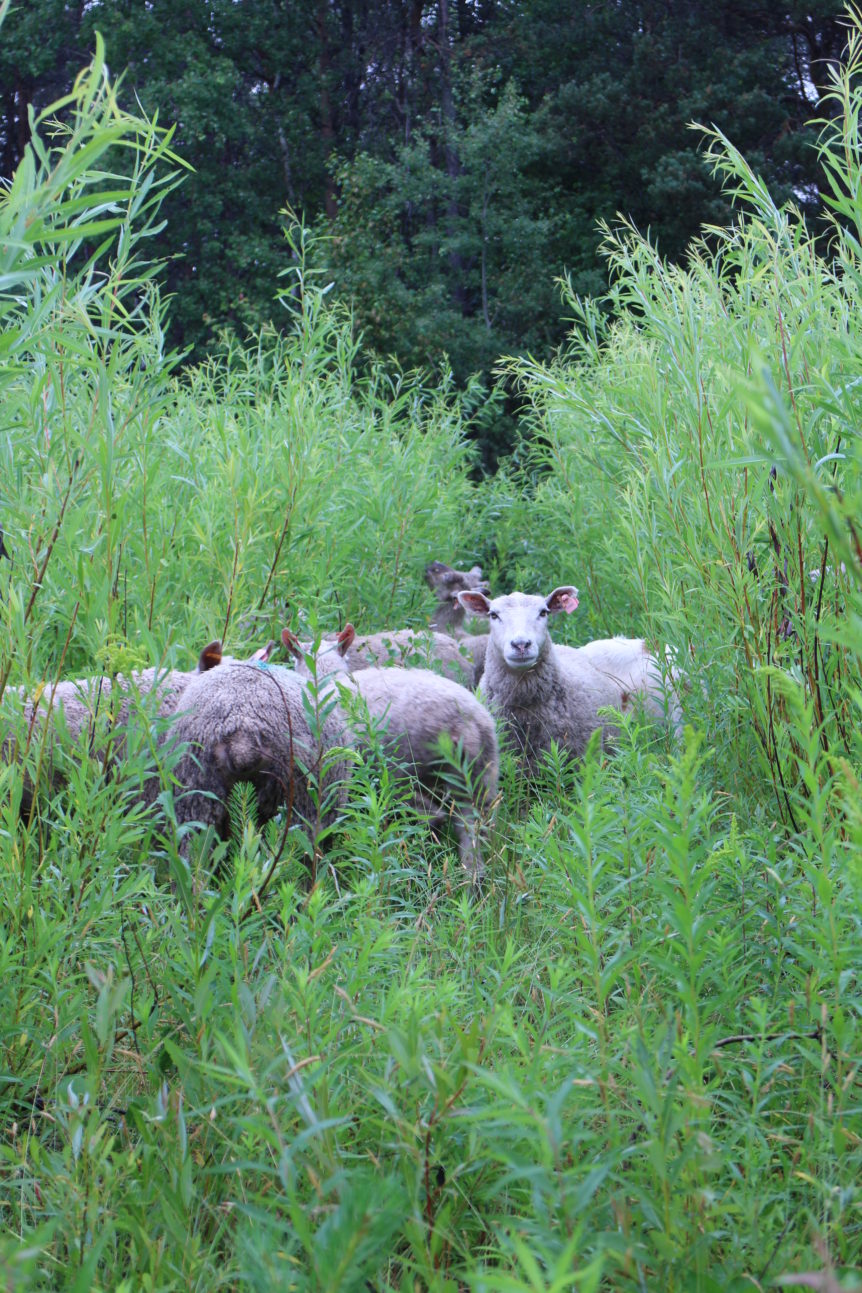by Mikala Parr, Research Assistant
METHOD
Sheep were rotated through three paddocks planted with biomass-producing varieties of willow and poplar. The flock was monitored daily to determine how early and completely they browsed the new leaves and stems. The order and extent to which they ate each variety was noted, and ranked from most to least preferred. The ewes were given a mineral supplement to balance their tree based diet. The sheep were moved when forage became limited and flock behaviour changed, which was an average of 5.75 days.
Click image to enlarge
RESULTS
When looking at the preferences, varieties with similar genetics tend to be grouped together.
- Charlie and Pseudo = Salix alba
- India and SV-1 = Salix dasyclados
- NM-1 and NM-6 = Populus nigra
- Brooks #1, Green Giant, DN-34, and DN-136 = Populus deltoides
In addition, the trees with P. deltoides genetics were much slower to grow back after being browsed.
Thanks go to Brent Attwell (REGEN Forestry) and Collholm Farm for their contributions to this project. This project was funded by the Ontario Sheep Marketing Agency.



Comments 1
Pingback: Rural Agri-Innovation Network (RAIN) - Sheep Preferences: 2015 vs 2016 | Rural Agri-Innovation Network (RAIN)